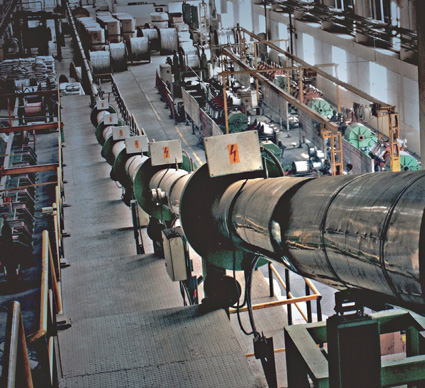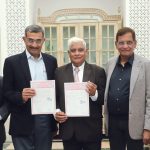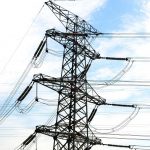Incorporated in 1968, KEI Industries Ltd. is one of the leading players in the wires and cables industry. Known for unique product ranges across the world, it is engaged in the manufacturing of high and low tension cables, control and instrumentation cables, house wires, and stainless steel wires. The company commenced Engineering Procurement and Construction (EPC) operations in 2007 and secured prestigious orders not only across the country but all over the world. WCI recently interviewed Mr. Anil Gupta, Chairman and Managing Director, KEI Industries Ltd. to know more about the new developments at KEI Industries and EPC projects.
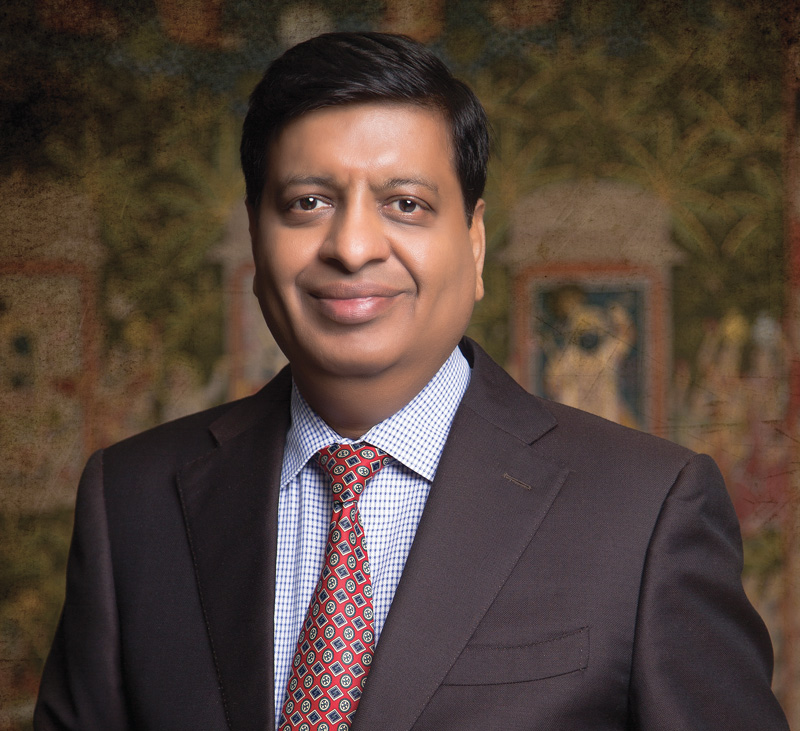
Wire & Cable India: To start with, what are the new developments at KEI Industries?
Anil Gupta: KEI Industries Ltd. has been wisely investing in the right capabilities for the past 50 years, comprehensively expanding its product range through continuous innovations. Witnessing the technological advancement in the wire and cable industry moving towards high voltage cables, the company has entered into the production and execution of 400 kV cables and other cables in the extra-high-voltage category for underground transmission purposes. Additionally, KEI has been in the execution of many projects of 220 kV and 400 kV with enamelled copper conductor. All these 400 kV cables are for import substitution.
The second development at KEI is its strong focus on house wires and retail activities. Our speciality cables have different applications in the upstream and downstream projects in the oil & gas sector. We are proficient in the manufacturing and development of specialised cables for the shipbuilding industry and have been a part of important projects of Indian defence shipyards and private shipyards around the world.
Leveraging our in-house cable production, we have forward integrated into Engineering, Procurement and Construction (EPC) services for utility projects having significant cabling requirements. Our EPC Division offers end-to-end turnkey solutions including engineering, consultancy, and project management for EHV substations, transmission lines, underground cabling, overhead lines, etc. These services are being delivered across core sectors like power, renewables, railways, refineries, petrochemicals, cement, and steel, among others.
Watch: Wire & Cable Industry Year Review
WCI: Would you like to mention some of the prestigious EPC projects in recent times?
AG: KEI has worked on many prestigious projects not just in India, but all over the world. The main services offered by the EPC wing include design, engineering, supply, erection, testing, and commissioning of high voltage & extra-high voltage underground cabling projects from 33 kV to 400 kV. We recently did a 400 kV project in Chennai for Tamil Nadu Transmission Corporation Limited (TANTRANSCO).
Besides this, the company has completed 220 kV underground cabling work for PGCIL and DMRC, 132 kV underground cabling work for UPPTCL, WBSETCL, and HINDALCO, 66 kV underground cabling work for TPDDL, HVPNL, BSES Rajdhani Power Limited, Bangalore Development Authority-Bangalore, KPTCL, PSPCL, and Greater Mohali Area Development Authority and 33 kV underground cabling work for IIT Patna and KSEB. Other services include substations (AIS & GIS) on the turnkey basis up to 400 kV, conversion of overhead lines to underground lines for the complete town including HT & LT distribution system, Rural Electrification Projects under government schemes like Deendayal Upadhyaya Gram Jyoti Yojana (DDUGJY) and Pradhan Mantri Sahaj Bijli Har Ghar Yojana (SAUBHAGYA), railway electrification including traction substations, metro, and smart city projects.
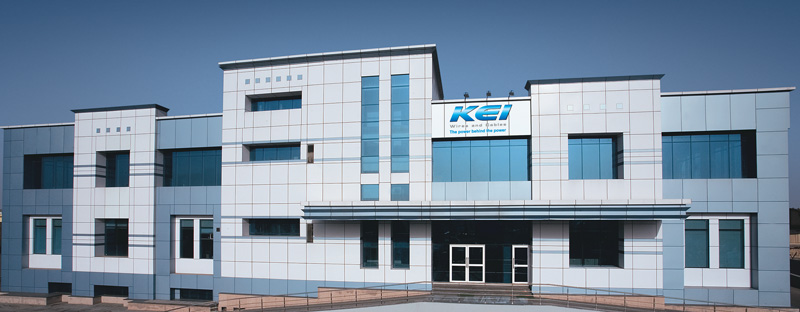
WCI: What are your plans for KEI Industries?
AG: We will be setting up, and adding more advanced cable products for the oil & gas sector which are presently being imported. Besides launching them in the domestic market, the company also has plans to export these products. The future plan will be to set up a new Greenfield project in the next few years and enhance the capacity of the factories by almost double the present capacity. We will be betting upon existing products, and also more advanced products for solar and wind farms.
We foresee a very strong future in shipbuilding, oil & gas, and the renewable segment within India as well as internationally. Also, we are doing a lot of work on the cables for the mining sector.
The EPC division would remain close to 10 percent of the total sales. The major thrust of the EPC division is to do underground cabling projects so that we are able to load our factories to a certain extent for our own EPC projects. The products are manufactured by us – that is our biggest USP and it always remains to be the major leverage and strength in executing these kinds of EPC projects.
“We have entered into the production and execution of 400 kV cables and other cables in the extra-high-voltage category for underground transmission purposes witnessing the technological advancement in the wire and cable industry moving towards high voltage cables.”
WCI: What are your views on the overall wire & cable sector and the future trends?
AG: I am quite bullish regarding the growth of the wire and cable sector because the economy is growing very fast. From infrastructure, power generation, transmission and distribution to oil & gas, construction, real estate, and massive housing projects, everything requires wires and cables. No sector of the economy can grow without the use of wires and cables.
The government is now pushing for offshore wind farm projects. Thus, a good amount of subsea cables to bring power from the offshore wind farms to the shores will be the future. The companies should look at it as a new prospect for growth. I foresee a growth of close to 12-13 percent in the overall industry for the next twenty years.
WCI: How easy is it for the Indian players to get into the subsea cable segment?
AG: Subsea cable constitutes two segments – one produces the cables and the other is responsible for putting the cables into the sea. Thus, the two different entities have to unite together. One is the cable producer and the other is the installer with the equipment capacity and the ships. Until they unite, this activity will be confined to overseas companies.
The main services offered by the EPC wing include design, engineering, supply, erection, testing, and commissioning of high voltage & extra-high voltage underground cabling projects from 33 kV to 400 kV.
WCI: Could you please talk about the market reach of the company?
AG: Our present market share in the domestic segment, if we talk about the organised sector, is around 12-15 percent. We are exporting around 12 percent of our total turnover. Our wide range of cables, including EHV cables, HT cables and LT power cables, stainless steel wires, are exported to customers in over 50 countries with Germany, Australia, New Zealand, the Middle East, and South & West Africa as its main markets. Our high-quality, customisable solutions and specialty cables at competitive prices enable us to meet the requirements of the oil and gas and other infrastructure-focused sectors in these geographies. Besides this, we also provide our international customers with EPC services.
Our aim is to grow exports to at least 15-18 percent of our sales and we would be aiming to achieve at least 50 percent of our sales through the retail network. We are already very strong in Africa, Australia, and the Middle East. Besides focusing on growing these markets, we are also penetrating the American market.
The strategy is quite clear – a very strong thrust on building the brand and reaching out to every sector of the economy. For exports, we are working with a focused marketing approach by deploying focused teams in different countries.
Also Read: KEI Industries Collaborates With Influencers to Spread Awareness About Good Wiring
WCI: What is your perspective on the price volatility of different raw materials?
AG: The volatility, we have been seeing for the last one and a half years, has been unprecedented, yet we have managed very well. Our message is very clear – the cable manufacturers should focus on pushing the customers to work on variable prices and that is our number one consideration. As far as our strategy is concerned, we are very focused on synchronising our sales order book with our purchase so that we don’t lose on our commodity.



